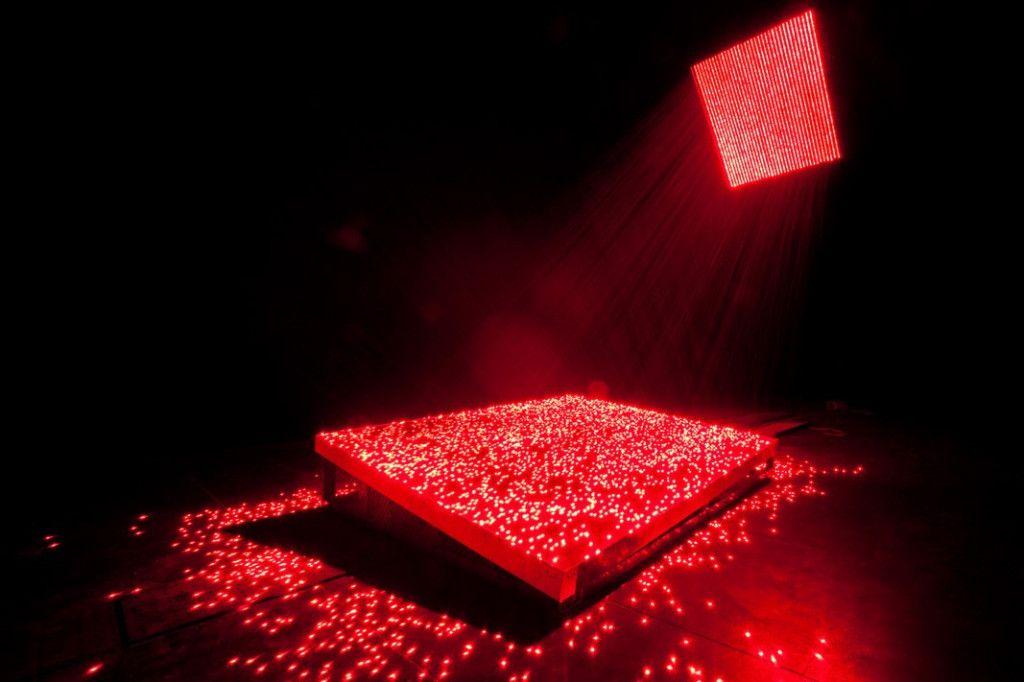[ad_1]
Li Hui, an artist whose grandiose installations filled with lasers and lights earned him significant attention in the Chinese art scene, has died at 43. A release from the Donum Estate in California, which owns work by Li, said that he died of an illness.
“Li Hui was a pioneering multimedia artist who was at the forefront of the new generation of Chinese artists living and working in Beijing in the early 2000s,” the UCCA Center for Contemporary Art in Beijing wrote in a statement posted to Instagram.
Over the course of his short career, Li curried favor from notable collectors and curators across China—and beyond. Much of his art was intended to be interactive and made use of high-tech configurations of lasers. For his 2006–14 Cage, for example, Li created a grid-like structure made of green lasers that viewers could walk through. The artist described the work as being about the feeling of being trapped. “I want to create feelings which cannot be expressed in language,” he once said.
Born in 1977, Li attended Beijing’s Central Academy of Fine Arts, one of the top art schools in China. Despite its high-tech leanings, Li intended his work to have a certain spirituality to it that he felt was often hard to find in modern-day China.
Over the past couple decades, his work has entered various important collections, including those of the Yuz Museum in Shanghai and the Pinault Collection, and has appeared at major biennials, such as the Shanghai Biennale and the Busan Biennale, both in 2006. The UCCA Center for Contemporary Art, the ZKM Art Museum in Karlsruhe, Germany, and the Singapore Art Museum are among those to have exhibited Li’s art, and the artist worked on commissions for brands such as Adidas.
“I also understand that there are elements in my works that might make people feel a little puzzled or even a little scared when first confronted with them,” he said in an interview for the Kunstverein Mannheim in the Netherlands, which staged a solo show of his art in 2010. “However, from what I have experienced, it is not just the visual impact, but also the ‘otherness’ or their mysticism that can have this kind of result. It is somehow similar to … Shamanism.”
[ad_2]
Source link


